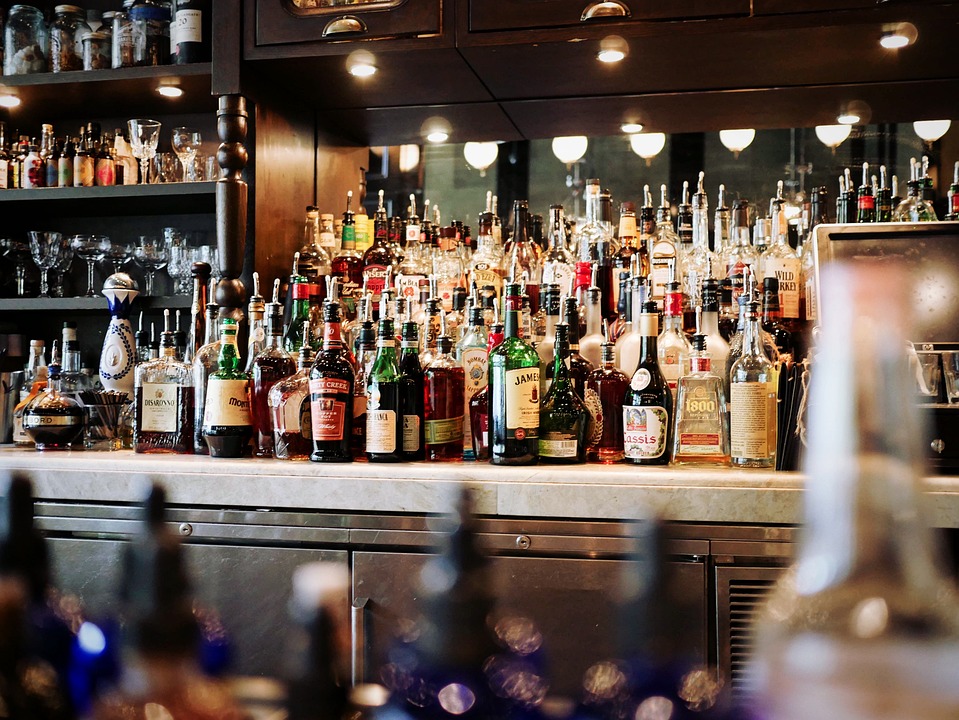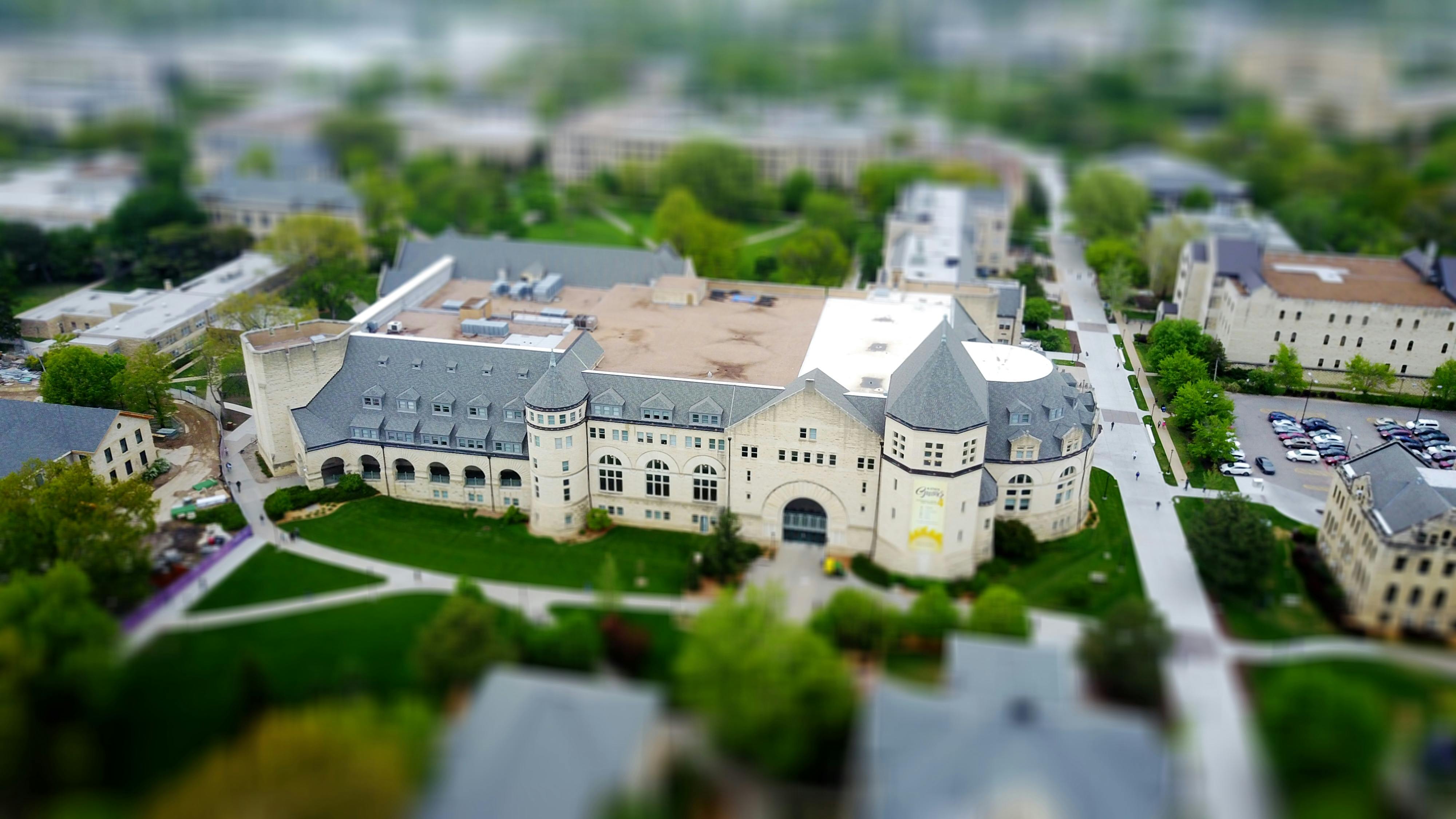Have you ever heard of afternoon tea in England? It is a traditional custom loved by the British and an elegant way of life.
This blog will introduce you to traditional British afternoon tea’s origins, customs, and how to enjoy authentic British tea.

Do you know?
Apart from the Chinese, the British people can elevate a small tea from a mere diet to a necessity and a social culture.
To understand the particular culture of a people, one has to understand the historical imprints and ritual traditions of their people.
So, before you learn about the origins of afternoon tea in England, let’s review the historical origins of the UK.
I. The Imprint of History
The history of Britain goes back thousands of years. From the invasion of the Romans to the settlement of the Anglo-Saxons, to the change of dynasties in the Middle Ages and the rise of the Industrial Revolution, every period of history has left a deep imprint on the land of this country.
II. Manners and Traditions
Britain’s history has profoundly influenced the culture of society and the way of life of the British people. Whether it is a formal afternoon tea time or the smallest details of daily life, the British people show a respect for tradition.
Here’s one on the changing level of formality in British table manners.
| Historical Periods | Table Manners Formality |
|---|---|
| Medieval | Very High |
| Renaissance | High |
| Industrial Revolution | Medium |
| Early 20th Century | Low Moderate |
| Early 20th Century | Low |
As can be seen from the graph, during the Middle Ages, table manners in England were highly formal, reflecting the strict social hierarchies and rules of etiquette of the time. In the 20th century to the present day, with the rise of more relaxed and casual lifestyles, the level of formality in table manners has fallen to a minimum.
Even so, the culture of tea has survived in the UK. It has not disappeared through history and remains one of the most popular food cultures in modern British society.
Origins of English Afternoon Tea
Tea culture in the UK was first introduced by China. Tea was first introduced to Britain by China in 1662, when a Portuguese princess married the King of England and included a chest of Chinese tea in her dowry. As a result, tea drinking became popular in the royal family.
Britain’s own authentic “English afternoon tea” can truly be traced back to the Victorian era in the mid-19th century. At that time, aristocrats liked to have a cup of tea in the afternoon with some delicate snacks to relieve their hunger between lunch and dinner. This fashion soon became popular throughout the upper echelons of British society and gradually evolved into a tradition.

Types of English Afternoon Tea
Classic Afternoon Tea: This is the most traditional afternoon tea. It includes black, green, and oolong teas and is served with a three-tiered rack of treats such as sandwiches, scones, and fruit tarts.
Cream Tea: This is a stronger tea. Milk and sugar are usually added to the tea and then covered with a thick layer of whipped cream.
Earl Grey: This is a black tea mixed with citrus flavours. It has a unique taste and is popular with the British.
The English Way of Afternoon Tea
Afternoon tea is usually served in a quiet, cosy room. A round table, a fine tea set, fresh tea, and snacks are all essential. The British pay great attention to afternoon tea etiquette, such as using a three-tiered stand to place the tea set and the snacks, pouring the tea first and then the milk, and tasting the snacks from small to large. In addition, the British will wear formal clothes during afternoon tea time to show their respect.

How to Enjoy an Authentic English Afternoon Tea at Home
Preparing the tea set: Choose a lovely tea set, including a teapot, teacups, a tea tray and a sugar jar.
Choosing Tea: Afternoon tea in England is usually served with black tea, such as Assam or Earl Grey. Choose high-quality tea leaves to ensure a mellow flavour.
Prepare snacks: There are many kinds of snacks for English afternoon tea, such as sandwiches, scones, fruit tarts and so on. You can choose according to your taste.
Create an atmosphere: Find a quiet, cosy corner at home, set up a round table and tea set, light a scented candle and play soft music to create an elegant atmosphere.
Enjoy afternoon tea time: Follow the etiquette of English afternoon tea by pouring yourself a cup of hot tea and then savouring the treats. In the process, you can relax and enjoy this wonderful time.

If You Come To Study In The UK, I Would Recommend Best Places For You To Have Afternoon Tea.
Occasions & Tastings
Afternoon tea is usually served between 3 pm and 5 pm, known as ‘tea time‘. It is an ideal time for relaxing, chatting with friends or enjoying alone.
Here are some things to look for when tasting afternoon tea:
Observe the colour of the tea: a good tea should have a bright colour, for example black tea should be dark amber.
Smell the aroma of the tea: Each tea has its unique aroma; for example, Earl Grey tea should have a citrus flavour.
Taste the tea: a good tea should have a mellow taste and a long aftertaste.
Matching snacks: Afternoon tea snacks are usually matched with the type of tea, such as cream tea, which can be matched with some sweet snacks. In comparison, black tea can be paired with some savoury sandwiches.
Afternoon Tea in Major Cities of the UK
| City | Approximate Price Range | Key Venues |
|---|---|---|
| London | £30 – £70 | The Beaumont: £45+ The Rosewood: £65+ Fortnum & Mason:£70+ |
| Manchester | £20 – £45 | The Lowry Hotel: £30+ Manchester Art Gallery Cafe: £25+ |
| Birmingham | £25 – £50 | The Balcony at Selfridges: £35+ The Shakespeare Hotel: £40+ |
| Edinburgh | £25 – £55 | The Scotsman Hotel: £40+ The Balmoral Hotel: £55+ |
| Sheffield | £15 – £35 | The Winter Garden Cafe: £20+ The Grand Hotel: £30+ |
| Leicester | £20 – £40 | The Clocktower Cafe: £25+ The De Montfort Hall: £35+ |
| Durham | £20 – £45 | The Old Vicarage Tea Rooms: £25+ Durham Castle Hotel: £40+ |
Note: London has a high cost of living and is full of luxury hotels and upmarket restaurants, so prices are usually higher.
You can also refer to online ratings or review sites such as TripAdvisor or Google My Business to choose based on your budget and tastes.
Afternoon Tea in British Film and TV Drama
Pride and Prejudice
The Bennet daughters, along with their mothers, were ready to enjoy afternoon tea. They are dressed modestly and elegantly, each looking very ladylike. Among them, Elizabeth Bennet, the heroine, is particularly striking. She wears a pale yellow dress with a thin belt around her waist, showing off her slim figure. Her hair was neatly pulled back behind her head, making her look both gracious and demure.
Over the course of her afternoon tea, Elizabeth displays her wit and independence. Not only does she engage Mr Darcy in a heated debate about Pride and Prejudice, but she also responds skilfully to the questions and comments of the other guests. She appeared to be very well mannered and won the respect of not only Mr. Darcy, but also the hearts of the audience.
The afternoon tea scene in the classic film Pride and Prejudice very successfully combines characterisation and social etiquette to show the elegance and dignity of an aristocratic British family.
In this film, afternoon tea is cleverly integrated into the plot and becomes a ticket to the social circle.

The film shows the afternoon tea scene in an English aristocratic family, with various kinds of tea banquets, garden tea parties, and picnic tea parties on weekend excursions, all of which show the importance of afternoon tea in social life.
In this scene, the delicate tea sets, pure white lace tablecloths, three-tiered confectionery plates, and the melodious and elegant music all reflect the elegance and solemnity of the English afternoon tea.
Downton Abbey

In the British drama Downton Abbey, afternoon tea is an important social event that usually takes place around 4pm. It is usually in the manor’s parlour or on the lawn in an elegant and tranquil setting.
In this scene, the ladies of the manor would be dressed in modest, elegant attire and gather for afternoon tea. The tea service is usually fine china and the tea is high quality black tea. The refreshments are usually a three-tiered tray of snacks crafted by the family chef and include a variety of savoury and sweet snacks.
During the process of enjoying afternoon tea, ladies will follow certain etiquette and rules. They would pour the tea first, then the milk, stir the milk back and forth repeatedly, and place the tea spoon on the saucer furthest away from them. In addition, they will use the index finger and thumb to pinch the ring of the tea cup, the middle finger drags the bottom of the ring, if the table is too low, then you can hold the saucer in the waist position.
Afternoon tea was not only a social event for the ladies, but also a time for important family members of the estate to gather. Family members would talk about a variety of topics, including the management of the estate, the organisation of social events, and the personal affairs of family members.
In the show, the exquisite scenes of the early 20th-century aristocracy are shown on TV, with the ladies dressed up and sitting on sunny lawns or in lavishly decorated manor houses, enjoying afternoon tea with exquisite platters.
Afternoon Tea in Other Films and TV Series

In addition, English afternoon tea is often closely associated with British history and culture in films and dramas.
For example, in the film Becoming Jane Austen, afternoon tea is portrayed as a traditional and elegant lifestyle, reflecting the style and culture of 19th century British society.
And in the film series Sherlock Holmes, afternoon tea becomes an important place for the detectives to think and reason, showing the British culture’s focus on order and discipline.
FAQs
What exactly is afternoon tea?
Afternoon tea is a quintessentially British tradition that dates back to the early 1840s. It involves taking a small meal to satisfy hunger between lunch and dinner, and typically consists of a selection of delicate finger sandwiches, scones with clotted cream and jam, a variety of cakes and pastries, and of course, tea, served in fine china.
What is the origin of afternoon tea?
Afternoon tea is a quintessentially British tradition, attributed to Anna, the Duchess of Bedford in the 1840s. She is said to have experienced a ‘sinking feeling’ in the late afternoon and requested a tray of tea, bread and butter, and cake to be brought to her. This private ritual became a fashionable social event amongst the upper classes.
What is the most appropriate tea to serve?
While the choice of tea may hinge on individual preference, a strong black tea, such as an Assam or Earl Grey, typically pairs best with the rich and varied flavours of a High Tea spread. Such teas hold their own against substantial foods, offering a bold and refreshing counterpoint.







